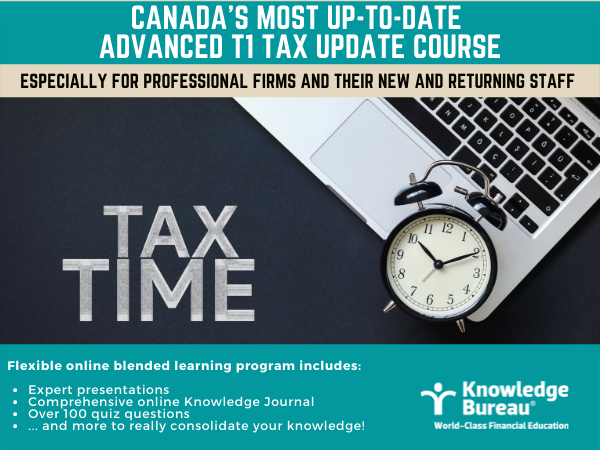Inflation Tax and Indexing

Marco Iampieri B.A., JD, M.B.A.
The annual inflation rate rose to 4.8% in December 2021, yet many Canadians who have never experienced inflation in their lifetime, may wonder, so what? Over time, as one soon notices, inflation can significantly reduce the real value of Canadian savings and purchasing power. When the computation of taxes or benefits are not fully indexed to inflation, there is also a real, but hidden, inflation tax. Here’s how to plan for it:
The Consumer Price Index for Canada is published by Statistics Canada, and it represents changes in prices, inflation, or deflation as experienced by Canadian consumers with reference to a generalized basket of goods. That basket of goods changes for different age cohorts, and so inflation affects younger people and seniors differently.
However, there is a common thread. In simple terms, the buying power of $100 CAD in savings, placed in an ordinary non-interest-bearing savings account in December 2020, would be equivalent to the buying power of $95.20 CAD in December 2021. In inflationary times, it costs more to buy more expensive goods.
How does the Income Tax Act account for inflation? Typically it does so by increasing certain amounts with reference to the current consumer price index, in whole or in part. Increases to tax  bracket thresholds, amounts relating to non-refundable credits, income-tested benefits like the GST/HST Credit, the Canada Child Benefit and Child Disability Benefit are each indexed to inflation using the Consumer Price Index Data. Also, Canada Pension Plan payments are indexed annually, while Old Age Security benefits are indexed quarterly.
bracket thresholds, amounts relating to non-refundable credits, income-tested benefits like the GST/HST Credit, the Canada Child Benefit and Child Disability Benefit are each indexed to inflation using the Consumer Price Index Data. Also, Canada Pension Plan payments are indexed annually, while Old Age Security benefits are indexed quarterly.
However, there are many amounts that are not indexed to inflation and are subjected entirely to the deleterious effects on purchasing power caused by inflation. These amounts include, among others, unused tuition tax credits transferrable to supporting individuals ($5,000), the pension income amount ($2,000), adjusted cost bases for the purposes of calculating capital gains, and capital or business losses from previous years.
To illustrate, let us cavass the fictional story of Allison. Suppose that Allison is a first-year university student attending the University of Toronto and pursuing a Bachelor of Applied Science degree, studying mechanical engineering. Let us also suppose that Allison is paying $15,000 for education and that the year is 2021.
Allison works part-time 10 hours a week at $16 an hour and earns no other income during the year, bringing her to a total of $8,320 in taxable income for Allison for tax year 2021. The federal tax credit will provide Allison with a 15% tax credit in 2021 equalling $2,250 and Allison will not receive an Ontario tax credit because Ontario is no longer offering tuition tax credits. As Allison’s taxable income is below the federal basic personal amount of $13,808, for 2021, Allison will pay nil in federal income tax for 2021; thus Allison will carry forward her unused federal tax credit until she earns enough taxable income to apply the credit against.
Conceivably, Allison will not earn income warranting a tax credit until she graduates from her engineering program in 2025, which begs the question, what is the value of the $2,250 federal tax credit in 2025? Presuming an average inflation rate of 3.3% between the years of 2021-2025, the $2,250 tax credit will be worth $2,175.75 in 2022, $2,103.95 in 2023, $2,034.52 in 2024 and $1,967.38 in 2025. Allison’s original tax credit of $2,250 lost 13% of its buying power at the point in which Allison is able to realize the tax credit.
She may, however, have had a supporting parent, grandparent or spouse to transfer the unused tuition amount to. That would have brought immediate value to the credit by reducing that person’s taxes payable.
Key Takeaway: It always pays to hedge the erosion of purchasing power from inflationary pressures by maximizing available tax provisions. In a time when the price of ordinary goods and services rises due to inflation, inflation will also eat away at Canadian after-tax savings. The time value of money matters more in inflationary times. Tax savings that can be reinvested in tax-efficient accounts will help to curb inflation.
Additional educational resources: Now available! Canada’s most comprehensive tax update course, featuring recorded presentations from last week’s Virtual CE Summit. Take the Advanced Personal Tax Update certificate course today.